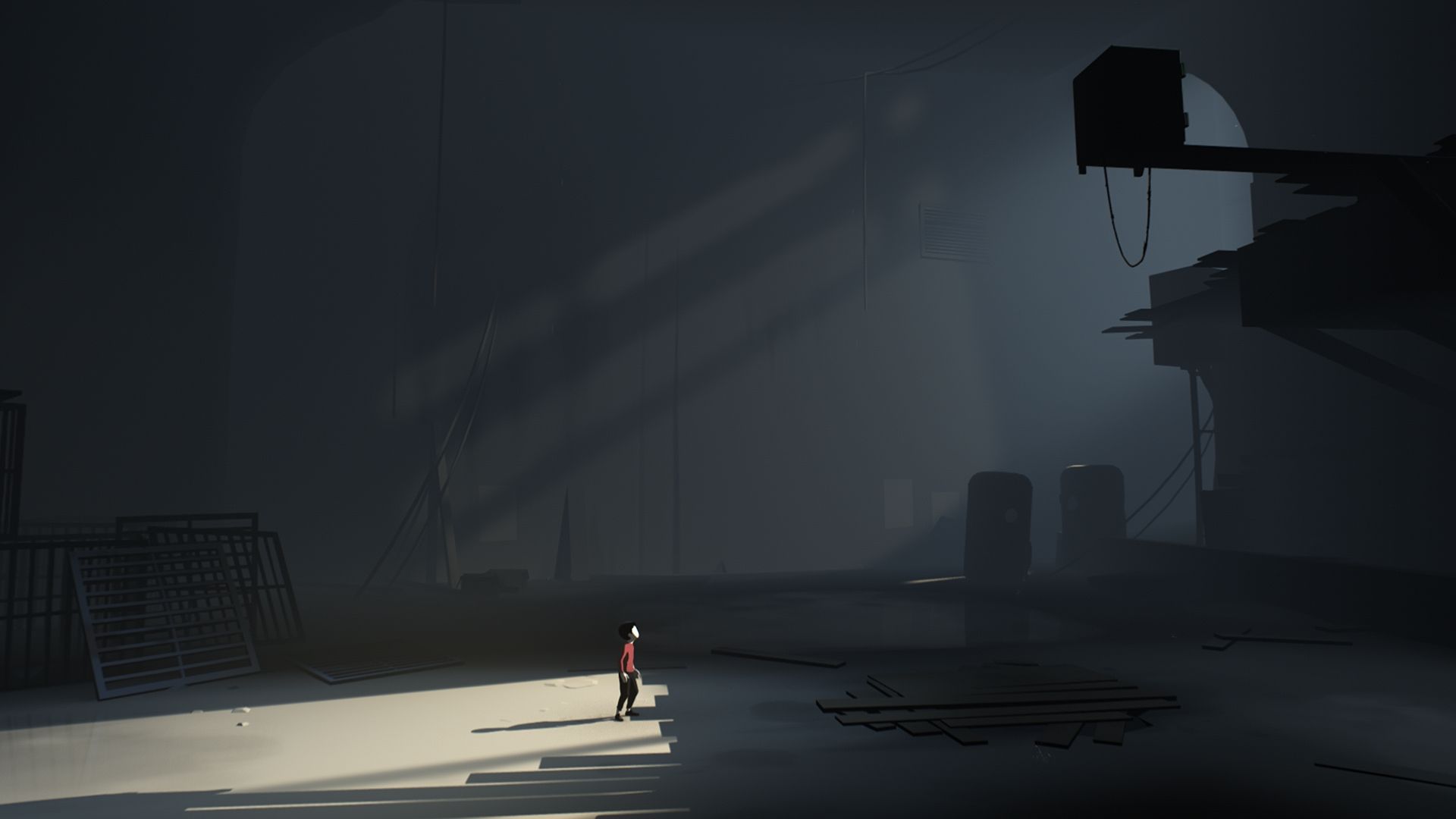Despite having little-to-no promotion before its release, Playdead’s “Inside” has garnered lots of discussion and rave reviews. There’s a good reason for this: Inside is a great game, absolutely worth your time. However, because much of Inside’s joys come from its surprises, I have no intention of detailing the specific moments that make the game so interesting. Still, there’s plenty to say of Playdead’s technique here, and why Inside stands so high above other indie platformers.
First of all, like Playdead’s previous game Limbo, Inside is a 2D platformer. However, unlike Limbo, Inside utilizes its foreground and background in much more significant and game-altering ways. It’s an interesting scenario, in which one must be aware of a three-dimensional environment while only actually interacting within two. This has a unique effect; it allows the environment to feel large and open, but also allows the developers to retain more control over the game and level design.
The simplicity of the two-dimensional exploration and maneuvering is a huge part of why Inside works so well. This title is a marvel of intuitive game design. Instead of forcing the player through a long tutorial section, Inside expects the player to figure out how the game works completely on their own. The most help you’ll get is a controller graphic in the “Help” section that tells you what the two buttons (Jump and Grab) do. The game contains sequences and puzzles which are far more complicated than simply jumping or grabbing, but the controller graphic isn’t a lie; those are the only buttons that you’ll use, and everything else extends from those two simple actions.
When a major new gameplay element is introduced, it is done so in a way that is immediately understandable to the player. One moment that I particularly appreciated is essentially a puzzle stacked on top of a previous puzzle; while trying to accomplish one thing, you find yourself doing something that you didn’t previously know was even possible. It’s hard to explain without detailing (and therefore spoiling) the moment, but it’s so well done and so conceptually simple that I couldn’t help but be impressed.
These new gameplay ideas continue to expand and grow more complicated, but the gradual way in which the player learns about them prevents the game from feeling overwhelmingly complex. Some of the late-game puzzles are very difficult on paper, requiring precise timing with multiple elements, but by the time you reach these sections, you’re prepared.
Environmental design is another one of Inside’s strengths. Like Limbo, there is a real progression to Inside’s locales; you never feel like you’re just working through multiple tasks in identical rooms. By the time you’ve reached the game’s bizarre-yet-cathartic end, you are in a very different place than where you began, with a much better sense of the world around you than you began with. That’s not to say that Inside wraps everything up in a neat bow. There’s a degree of mystique to the details and particulars of the world that the developers make no effort to explain. But this mystery makes the game even more memorable, and given the near-complete lack of any dialogue or exposition, it is impressive how much the game manages to convey solely through visuals and gameplay.
Still, if I were to say that the game has a weak point, it lies within this mystery. While the internet is hard at work trying to decode and theorize about Inside’s secrets, it’s entirely possible that there is no real purpose to its story. It’s all interesting, and the sense of discovery is nigh-unmatched in the gaming medium, but I walked away from the game feeling like there may not be a point to it all beyond “gee, wasn’t that odd?”
In any case, Inside is a must-play. It’s going to be in the conversation for “Game of the Year” when all is said and done, and absolutely worth discovering for yourself. You can find it on Xbox One right now, and on Steam starting on July 7th.
